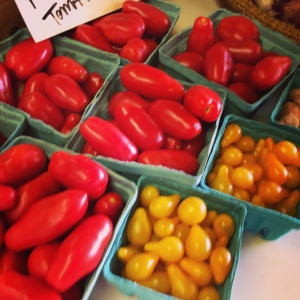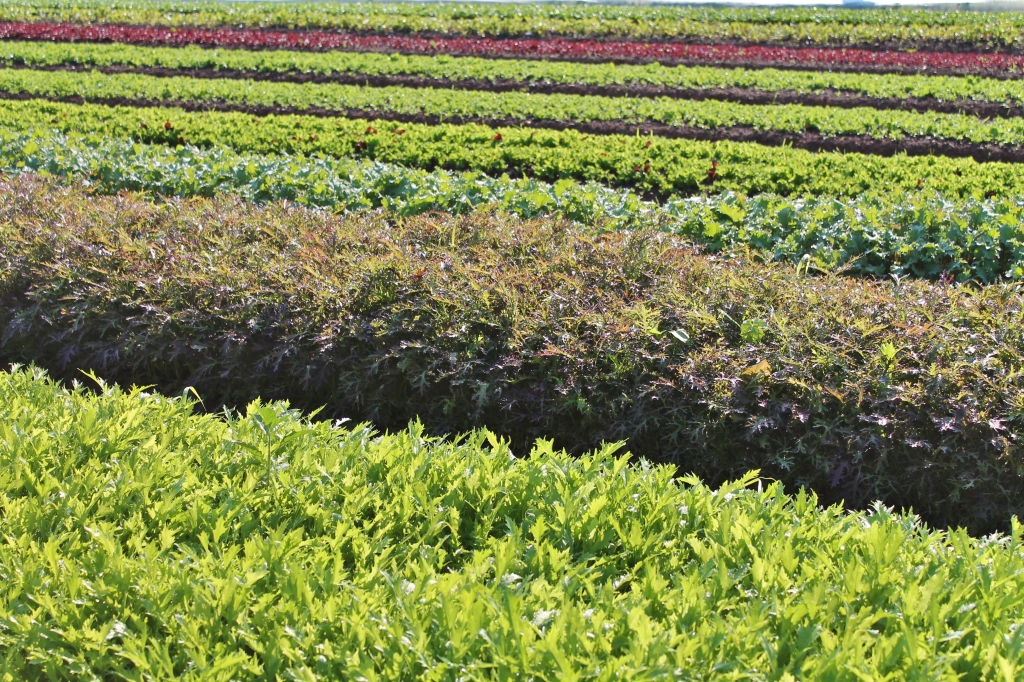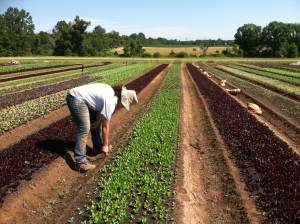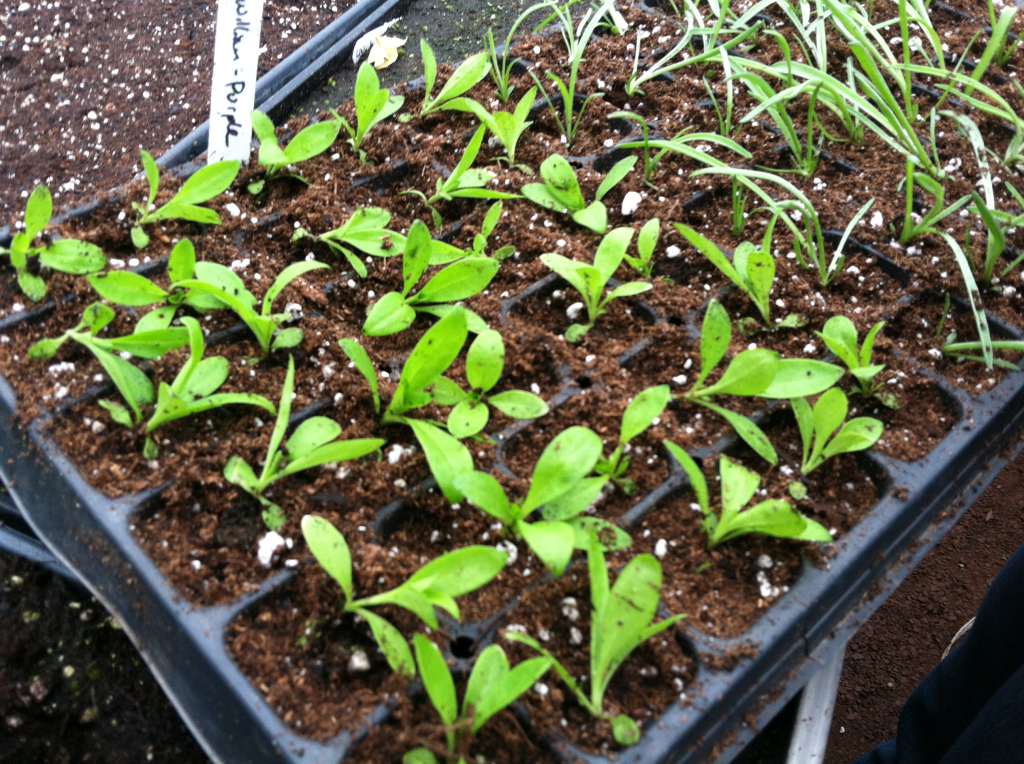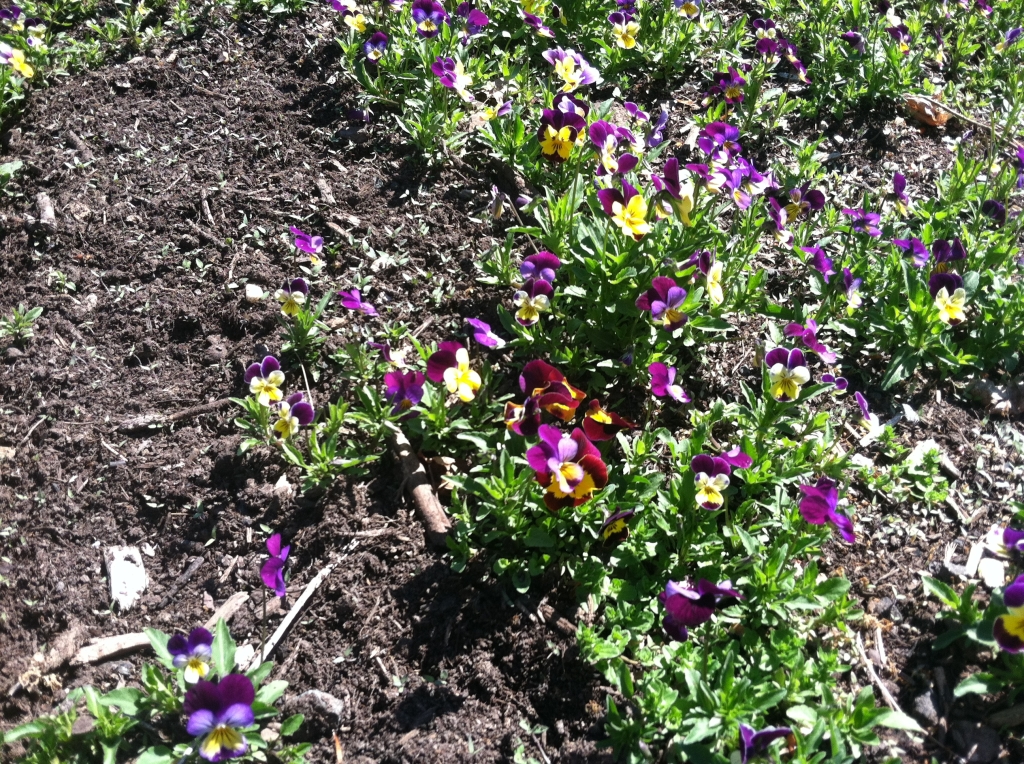The Scoop on Potatoes
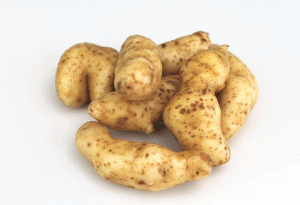
Blue Moon’s Fingerling Potatoes
What is a potato?
A potato is a vegetable. It is part of the nightshade family of plants (along with tomatoes, eggplants, and peppers. The potato is actually the swollen portion of the underground root, called a tuber. The tuber serves to provide food for the leafy green (above-ground) part of the plant. If allowed to turn to flower and fruit, the potato plant will bear an inedible fruit resembling a tomato.
Source: http://www.whfoods.com/genpage.php?tname=foodspice&dbid=48
What is the history of the potato?
The potato was first cultivated by the Inca Indians in South America, way back around 7,000 BCE. After the Spanish Conquistadors discovered Peru in 1536, they brought the tuber back to Spain. Families of Basque sailors began to grow potatoes along the coast of northern Spain by the end of that century. It was in 1589 that Sir Walter Raleigh introduced potatoes to Ireland, with the cultivation of 40,000 acres in County Cork.
The Irish potato famine was the result of a potato blight in the 1840’s; a plant disease that destroyed most of the potato crop throughout Europe. As the Irish working class subsisted mainly on potatoes, they were greatly affected by the potato blight. Almost one million people died from starvation or disease over the course of the famine, and another one million emigrated out of Ireland.
Health Facts:
Potatoes are high in carbohydrates and Vitamin C. They have more potassium than bananas, spinach, or broccoli. Only about 20% of the potato’s nutrition (mostly the fiber) is found in the skin. Most of the Vitamin C and potassium are in the flesh.
Uses of potatoes:
– Potatoes are used to brew alcoholic beverages like vodka
– Potato starch is used as a thickener and binder in soups and sauces, and as an adhesive in the textile industry
– Potatoes are commonly used in cooking (of course!). They’re often prepared mashed, roasted, fried, or in pancakes.

